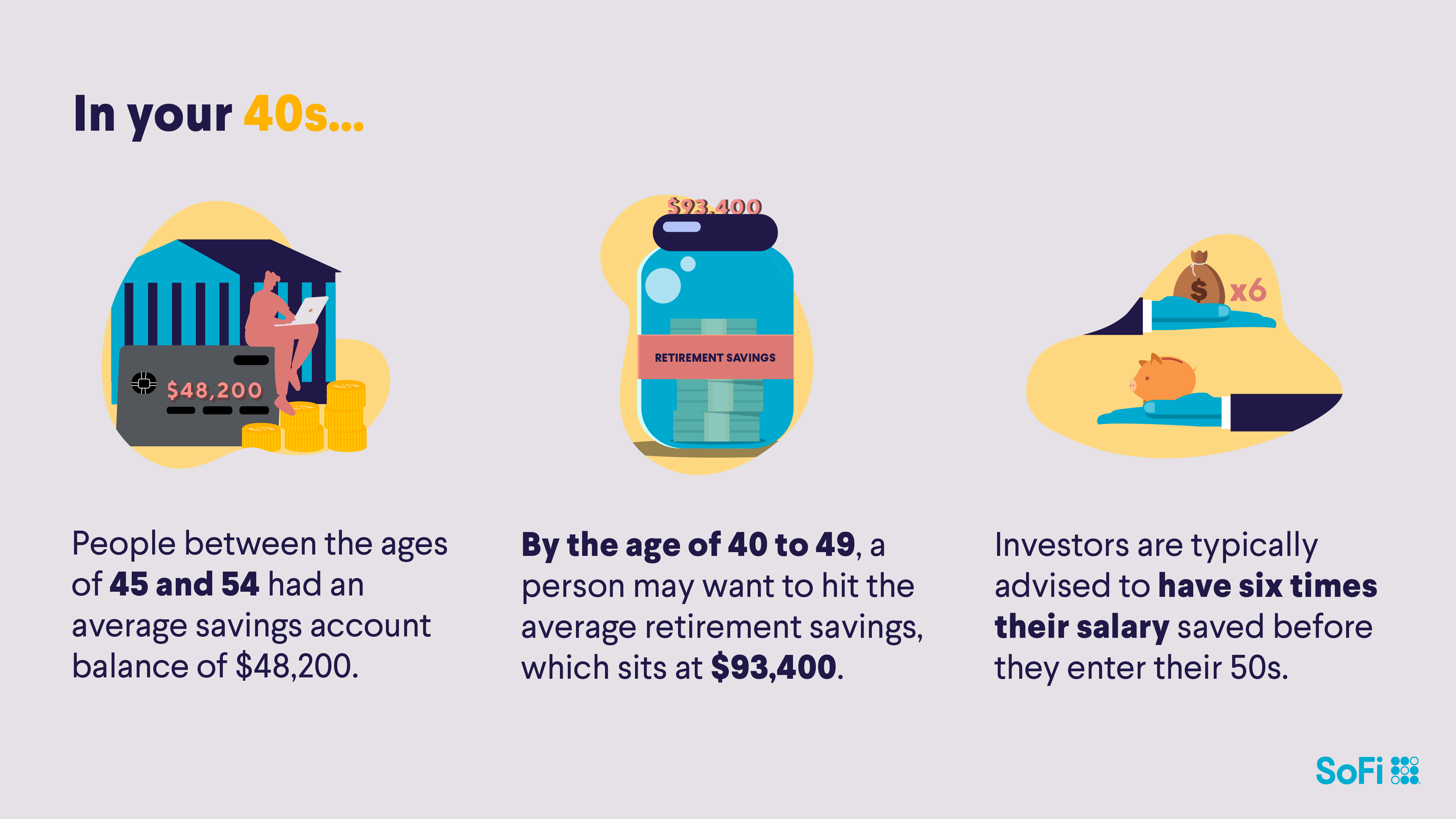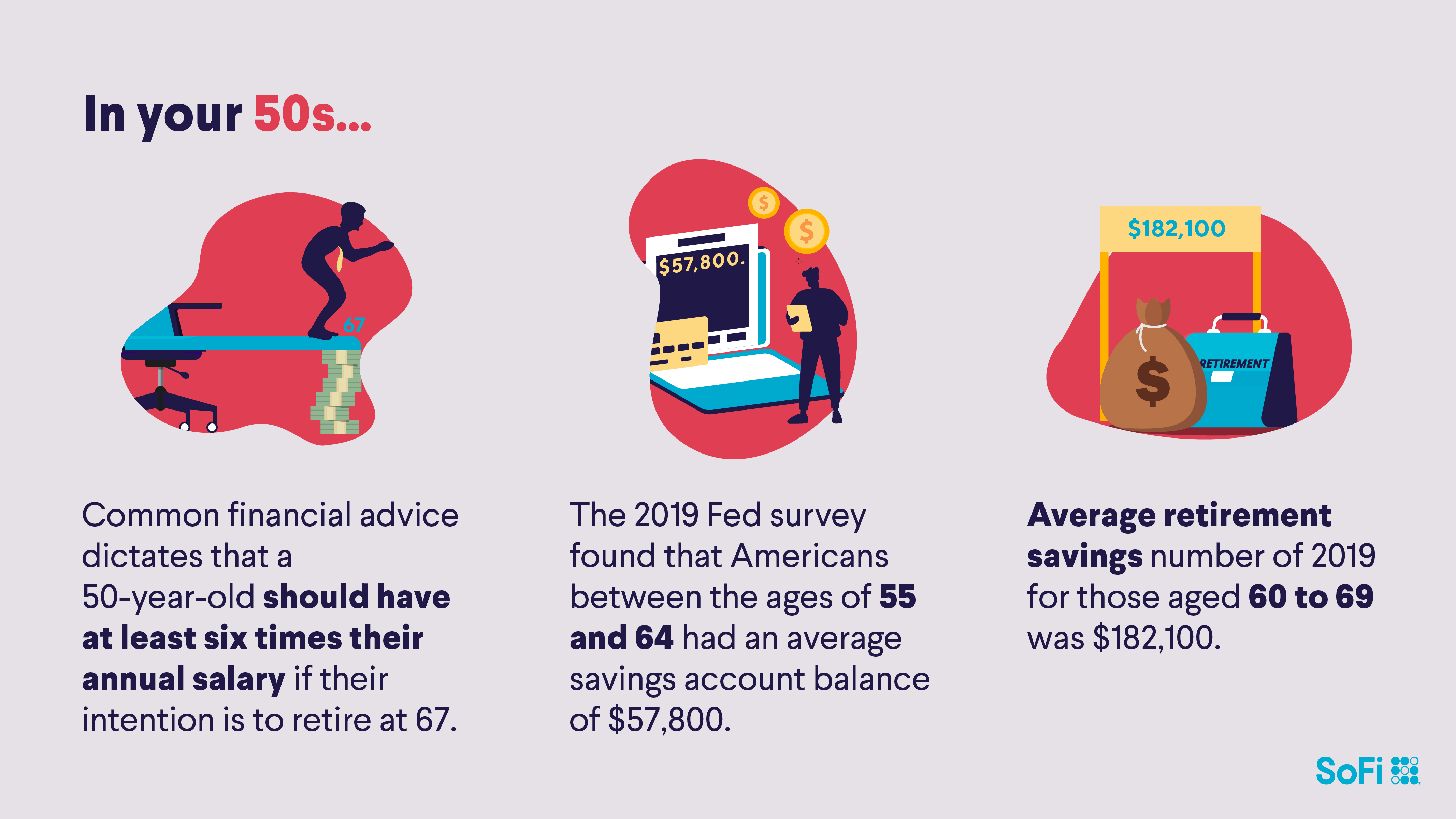Finding Free Money for College
Paying for college can be daunting, but there’s good news: Plenty of “free money” is available to help cover the costs. Unlike loans, scholarships and grants don’t require repayment, making them a valuable resource for students looking to reduce debt.
By exploring these options, students can significantly offset tuition expenses and make their college dreams more affordable.
Key Points
• Grants and scholarships aid are often referred to as “free money” because they typically don’t require repayment, unlike loans.
• Scholarships can be merit-based, awarded for academic or extracurricular achievements, or need-based, provided to students demonstrating financial need.
• Completing the Free Application for Federal Student Aid (FAFSA) is a crucial step in determining eligibility for various grants and scholarships.
• Leveraging scholarship search tools can help students discover a wide range of opportunities tailored to their qualifications and needs.
• Early and thorough research, along with timely applications, can enhance the chances of securing scholarships and grants, thereby reducing the reliance on student loans.
Free Money for College‽
Students can find free money for college through scholarships and grants. Both are gifts that do not need to be repaid, and they reduce the need to take out student loans.
According to the Education Data Initiative, average federal student loan debt based on degree is as follows:
• $19,270 for associate degree holders
• $26,190 for bachelor’s degree holders
• $106,850 for graduate degree holders
To bring these numbers down, students can apply for grants and scholarships, federal work-study, or work a part-time job to help pay for some of their college expenses.
What Are Scholarships?
Scholarships are financial awards designed to help students pay for their education. Unlike loans, scholarships don’t require repayment, making them a valuable form of “free money.” They are typically awarded based on specific criteria and can come from schools, private organizations, nonprofits, or government programs.
Merit-based scholarships reward students for their achievements in academics, athletics, leadership, or other areas of excellence. These awards often require maintaining certain standards, such as a high GPA.
Need-based scholarships, on the other hand, focus on financial need, aiming to assist students from low-income families in accessing higher education opportunities without excessive debt.
Recommended: What Types of Scholarships Are There?
What Are Grants?
Grants are a form of financial aid provided to students to help cover educational expenses, such as tuition, fees, and books. Like scholarships, grants do not need to be repaid, making them a valuable resource for funding education.
Grants are often awarded based on financial need, with eligibility determined through applications like the Free Application for Federal Student Aid (FAFSA®). Common sources of grants include federal and state governments, colleges, and private organizations.
Examples include the Federal Pell Grant, which supports low-income students, and specialized grants for specific fields of study or demographics. Grants make higher education more accessible and affordable.
How Much Does Free Money for College Help?
Scholarships and grants can make a big difference in lightening the college debt load. Below is a chart on how families pay for college.
|
How Families Pay for College |
|
|---|---|
| Average college expenditure in the 2023-24 academic year | $28,409 |
| Parent and student income and savings | 37% |
| Scholarships and grants | 27% |
| Borrowed money | 12% |
| Relatives and friends | 2% |
| Source: Sallie Mae “How America Pays for College 2024” report | |
Finding Scholarships and Grants
With federal and institutional grants, you are automatically considered for need-based financial aid when you submit the FAFSA.
Finding private scholarships can take more time and effort, though. Ideally, students should start looking for scholarships the summer after their junior year of high school.
Researching Scholarships
Here are ideas to look for scholarships:
• Consider using a database like Scholarships.com that lets you create a profile with all of your information, which could help you match with scholarships and grants.
• Use the Department of Labor’s CareerOneStop site to sort more than 9,500 opportunities for financial aid.
• Use SoFi’s Scholarship Search Tool.
• Ask college financial aid offices about their scholarship availability and process.
• See if your employer or your parents’ employers offer college aid.
• Look for scholarships offered by foundations, religious or civic groups, local businesses, and organizations related to your field of interest.
You don’t have to be a scholar or standout athlete to get a scholarship. Students may have success finding non-academic scholarships for their heritage, interests, or area of study.
Finding those private scholarships and completing the essay and application will take time, however.
Recommended: Search Grants and Scholarships by State
Researching Grants
Researching grants for college requires proactive effort and the use of multiple resources. Follow these steps to find the right opportunities:
• Complete the FAFSA, as this determines eligibility for federal and state grants, such as the Pell Grant.
• Check with your college’s financial aid office for institutional grants.
• Explore websites like Grants.gov or Fastweb for a comprehensive list of grants.
• Look for grants offered by private organizations, nonprofits, and community groups
Grants are typically awarded in a federal financial aid package. In addition to federal grants, schools may award institutional grants.
Named a Best Private Student Loans
Company by U.S. News & World Report.
Other Options to Help Pay for College
There are many ways to pay for school, and students and their parents may use a combination of methods to cover the cost of attendance, an estimate of the total cost of attending a particular college for one year.
Student Loans
Roughly 70% of college students leave school with debt due to the expense of tuition and fees, room and board, books, and living expenses.
When it comes to private vs. federal student loans, it’s best to use federal student loans first, as they come with borrower protections and benefits that private loans do not offer.
One type of federal student loan is a Direct Subsidized Loan. The government pays the interest on those loans as long as the student is enrolled at least half-time. The interest is also covered for six months after the student leaves school, graduates, or enters a period of deferment.
Not all students or parents will be able to rely solely on federal aid to cover all their bases, though, and that’s where a private student loan could come in handy.
Private student loans don’t come with all the borrower protections and programs that federal student loans do, but they can be used to cover any remaining school-certified costs, here or abroad, from transportation to books and lodging.
Federal Work-Study
The federal work-study program allows students to earn money that can be used to pay day-to-day expenses. Students who demonstrate financial need may be eligible for jobs on or off campus.
Not all colleges participate in the program, so it’s best to speak with your specific college if federal work-study is something you’re interested in.
Does a Student Ever Have to Repay a Grant?
You might have to repay all or part of a federal grant if:
• You withdrew early from the program for which the grant was given to you.
• Your enrollment status changed. If, for example, you switch from full-time to part-time enrollment, your grant amount will be reduced.
• You received outside scholarships or grants that reduced your need for federal student aid.
• You received a TEACH Grant, but you did not meet the service obligation. In that case, the grant could be converted to Direct Unsubsidized Loans.
If you don’t meet the expectations of a scholarship, such as GPA or credit-hour minimums, you could lose the gift and have to pay out of pocket.
When it comes to sports, the head coach decides whether an athletic scholarship will be renewed. Injury or poor academics can sack an athletic scholarship.
Recommended: FAFSA Tips and Mistakes to Avoid
The Takeaway
Students can get free money for college through grants and scholarships. Grants and scholarships are worth seeking out because they reduce the need to take out student loans. But if you still need to borrow, you can rely on federal student loans, followed by private student loans.
If you’ve exhausted all federal student aid options, no-fee private student loans from SoFi can help you pay for school. The online application process is easy, and you can see rates and terms in just minutes. Repayment plans are flexible, so you can find an option that works for your financial plan and budget.
FAQ
What is “free money” for college, and why is it important?
“Free money” for college refers to financial aid like scholarships and grants that do not need to be repaid. It’s important because it helps reduce the cost of education, minimizing the reliance on student loans and lowering the financial burden on students and families.
How can students find scholarships and grants?
Students can find scholarships and grants by completing the FAFSA, consulting their school’s financial aid office, using online scholarship search tools, and exploring opportunities from private organizations, nonprofits, and government programs tailored to their qualifications or financial needs.
What are the key differences between scholarships and grants?
Scholarships are often merit-based, awarded for achievements in academics, athletics, or other areas, while grants are primarily need-based, focusing on financial circumstances. Both provide non-repayable funds to help cover educational expenses.
SoFi Private Student Loans
Please borrow responsibly. SoFi Private Student loans are not a substitute for federal loans, grants, and work-study programs. We encourage you to evaluate all your federal student aid options before you consider any private loans, including ours. Read our FAQs.
Terms and Conditions Apply. SOFI RESERVES THE RIGHT TO MODIFY OR DISCONTINUE PRODUCTS AND BENEFITS AT ANY TIME WITHOUT NOTICE. SoFi Private Student loans are subject to program terms and restrictions, such as completion of a loan application and self-certification form, verification of application information, the student's at least half-time enrollment in a degree program at a SoFi-participating school, and, if applicable, a co-signer. In addition, borrowers must be U.S. citizens or other eligible status, be residing in the U.S., and must meet SoFi’s underwriting requirements, including verification of sufficient income to support your ability to repay. Minimum loan amount is $1,000. See SoFi.com/eligibility for more information. Lowest rates reserved for the most creditworthy borrowers. SoFi reserves the right to modify eligibility criteria at any time. This information is subject to change. This information is current as of 04/24/2024 and is subject to change. SoFi Private Student loans are originated by SoFi Bank, N.A. Member FDIC. NMLS #696891. (www.nmlsconsumeraccess.org).
SoFi Loan Products
SoFi loans are originated by SoFi Bank, N.A., NMLS #696891 (Member FDIC). For additional product-specific legal and licensing information, see SoFi.com/legal. Equal Housing Lender.
Financial Tips & Strategies: The tips provided on this website are of a general nature and do not take into account your specific objectives, financial situation, and needs. You should always consider their appropriateness given your own circumstances.
Third-Party Brand Mentions: No brands, products, or companies mentioned are affiliated with SoFi, nor do they endorse or sponsor this article. Third-party trademarks referenced herein are property of their respective owners.
SOISL-Q424-059
Read more




